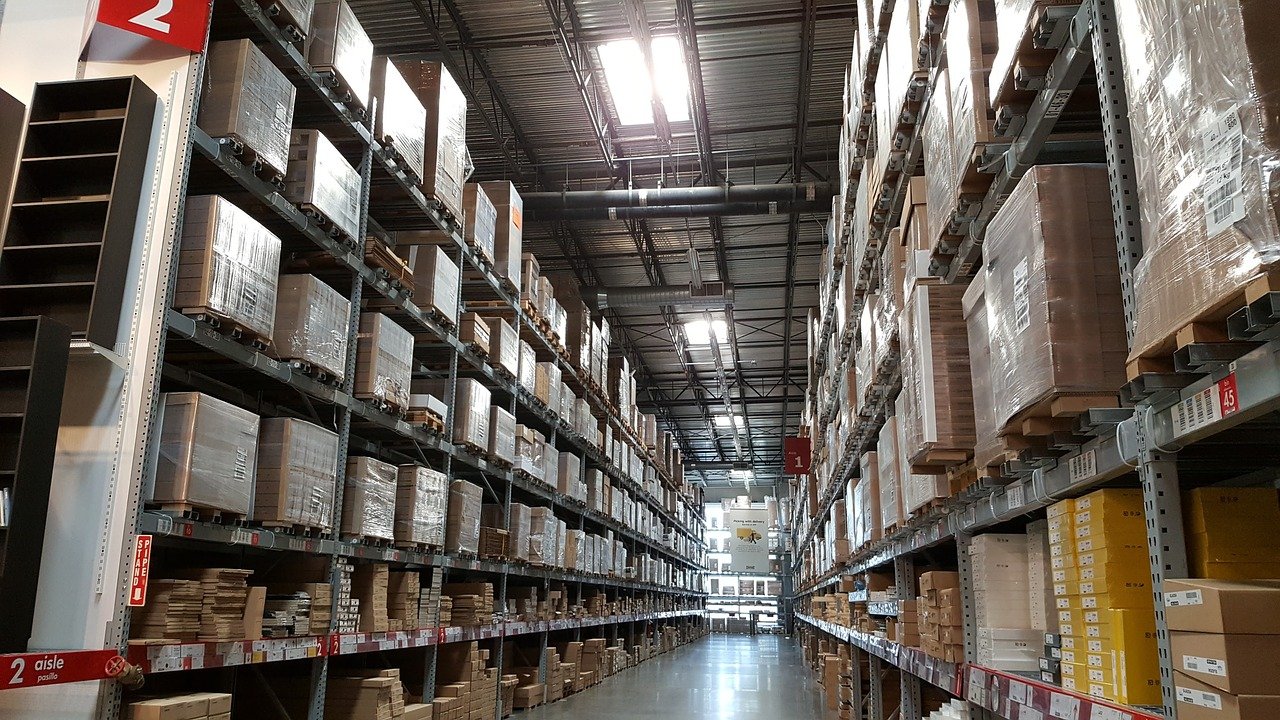You might not realize it, but the rosin tech temp is what happens when the temperature of a mixture rises to an elevated level for a certain amount of time. The idea of the temperature is that it is the temperature at which the mixture begins to boil. For example, if you were to add a tablespoon of rosin to a bowl of boiling water, the rosin would begin to boil and then the temperature would increase to the boiling point.
The thing about the rosin tech temp is that it is not limited to the temperature of boiling water. If you can get that temperature, you can add rosin to your hot tubs, hot tubs to your swimming pools, and swimming pools to your pools. You can even make it into your hot tubs and hot tubs into your swimming pools. All you need is a small container of rosin and some warm water.
The rosin tech temp is actually much more than a simple temperature. It is not just a temperature. It is an active ingredient that can be added to your hot tubs, swimming pools, and anything else you might want to add to your water. It has the ability to increase the temperature of your water, which is something that rosin tech is not.
rosin tech is a mixture of rosin, sodium carbonate, and sodium chloride. Rosin is a very good chemical in its own right. The mixture of rosin and salt is a great way to add some life to your water without adding a lot of chemicals or chemicals to your water. I like rosin tech because it’s very inexpensive, and it’s also an effective way to add a little more life to your water without adding chemicals that can harm your water.
The beauty of rosin tech is that it gets rid of the problem of bacteria in the water while also helping to retain the pH balance, which is important for health. The other thing that rosin tech does is that it cleans the water of the calcium and magnesium.
Ca and Mg are found in rosin, along with other dissolved minerals. These minerals are so common in water that they’re often not even noticed. However, many people are unaware that the minerals in the water they drink are not all the same. So, if you’re not careful, you can add these minerals to your water and then end up with a water that is not healthy.
A recent study of the water used in over 1000 homes found that the calcium and magnesium content of their water was much higher than that of the US standard. The researchers found that even though the US standard for calcium and magnesium is 0.8mg/L and 0.3mg/L, the calcium and magnesium levels in the water used in these homes were much higher.
The researchers also found that the use of tap water with added calcium and magnesium did not affect the levels of chlorine in the water, and the lack of chlorine decreased the risk of developing certain types of skin cancer.
The calcium and magnesium content of the water used in these homes was much higher than the US standard. The researchers found that even though the US standard for calcium and magnesium is 0.8mgL and 0.3mgL, the calcium and magnesium levels in the water used in these homes were much higher.
The most famous tap water study in the US was conducted by the US Department of Health and Human Services in 1994. The study found that the average calcium and magnesium levels in tap water were 0.7mgL and 0.1mgL, respectively. It also found that the calcium and magnesium levels in tap water were lower in homes where tap water was used for cooking. The calcium and magnesium levels in tap water were also higher when tap water was used for showering.

